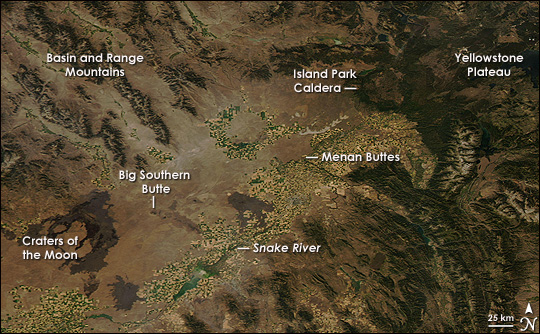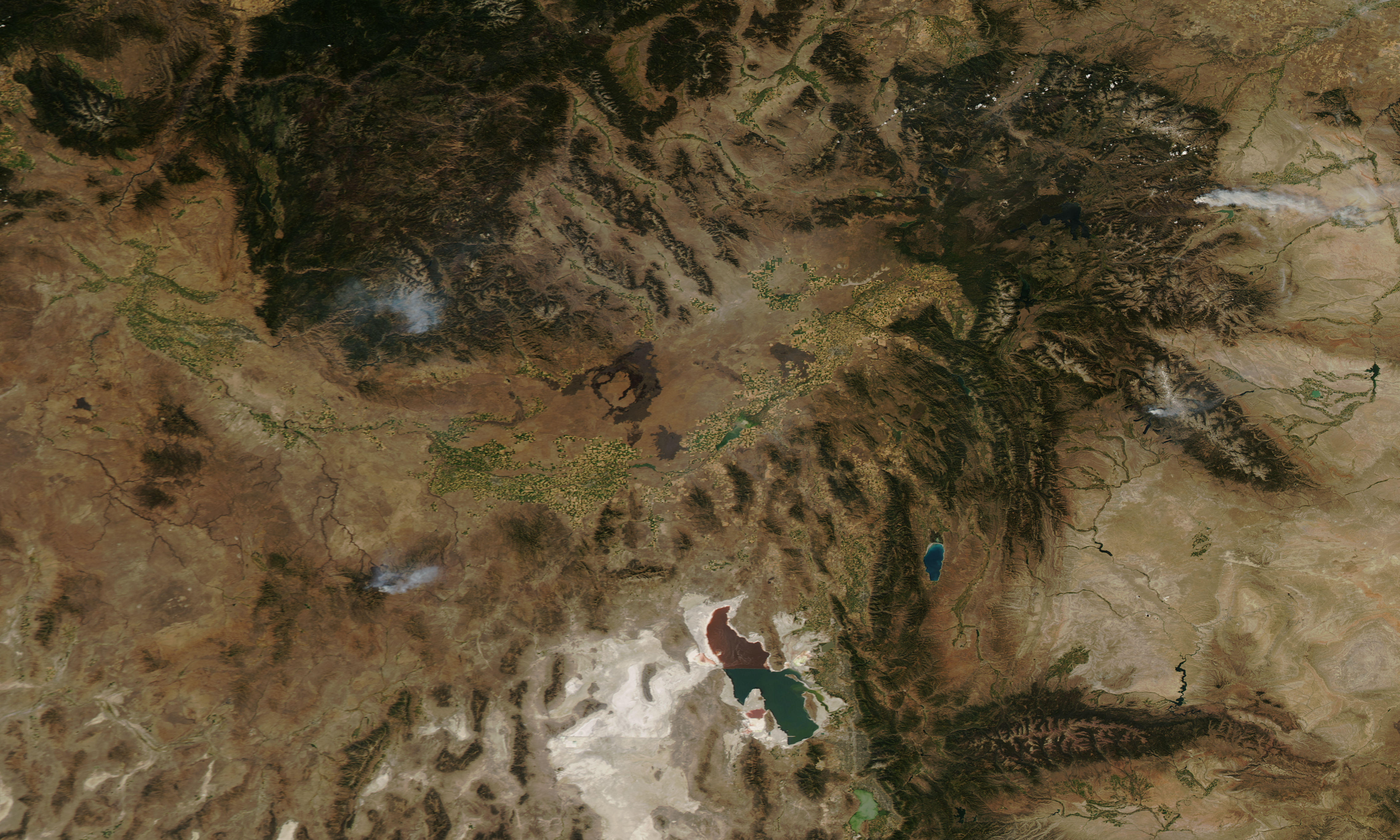where is the origin of the snake river
Several hypotheses exist to explain the origin of the Snake River Plain. The river was fed by 23 major tributaries and the Snake River was known as the gateway to 5500 miles of pristine fish habitat in Idaho alone.
Interesting Facts About The Snake River Just Fun Facts
The mounds are typically round or oval in plan view.
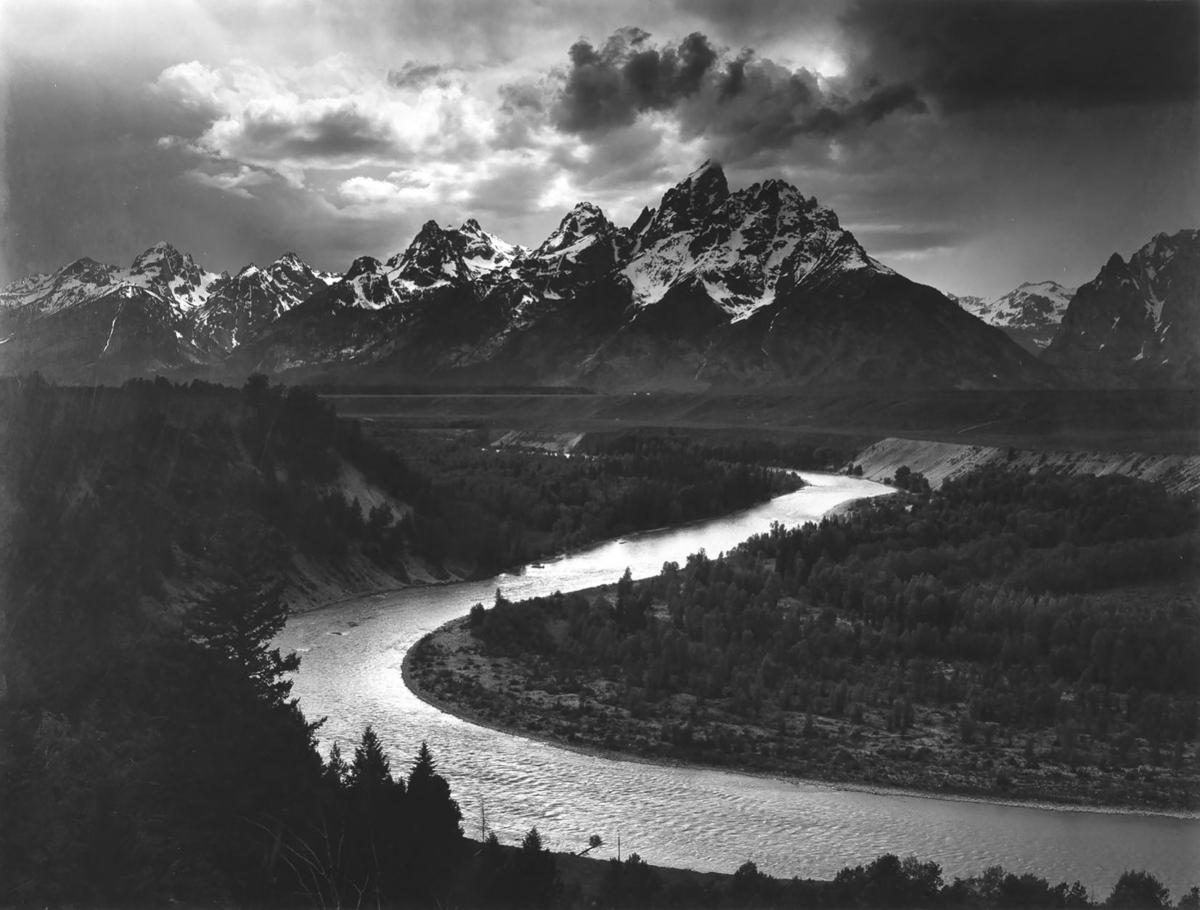
. Articleosti_130649 title Characteristics and origin of Earth-mounds on the Eastern Snake River Plain Idaho author Tullis J A abstractNote Earth-mounds are common features on the Eastern Snake River Plain Idaho. The headwaters for the Snake River are in the Teton Wilderness just outside of Yellowstone National Park. The Snake River State Forest is accessed through Ford Township in the northern part of Kanabec County.
Approximately 5500 years ago a discreet period of wetter. The Snake River is the largest tributary of the Columbia River in the Pacific Northwest. The Snake River that connects to the Columbia River basin was one of the most bountiful rivers in the US with salmon clean water and healthy habitats for wildlife.
They did not recog-. And cooler environmental conditions prevailed. Next is presented a review of the widely differing concepts held by many workers concerning the origin of the great arc-shaped depression called the Snake River plain.
2Migration of the continent or the North American plate over a stationary hot spot which now exists at Yellowstone National Park. This was also a period of active volcanism and hundreds of small basalt volcanoes of this age have been identified. The river then enters Washington and flows west to the Columbia River.
It is the Columbias largest tributary an important source of irrigation water for potatoes sugar beets and other crops. Over 11000 years ago the Snake was a vital source of life for the Native Americans specifically the Shoshones that were living along the banks of the river. Methods Study Area The study area is focused on the 420 km 261 miles long stretch of the upper Snake River from.
1Extension to the north coupled with crustal thinning. Across the southern Columbia Plateau. The Snake River originates in Wyoming and arcs across southern Idaho before turning north along the Idaho-Oregon border.
Roaring down the Idaho face of the Rockies surging with snowmelt from the Yellowstone Plateau the. Includes registration and other information for those of us who enjoy spring canoeing on the. Movement of the North American plate over the Yellowstone hot spot has resulted.
The Snake was given its present day name when it was derived from an S. It is arc shaped with the concave side to the north. The origin of the Snake River Plain is attributed to several geologic processes.
For information on the spring Snake River Canoe Race go to their website. Snake River and GRTE played in the larger history of commercial river rafting in the United States guide and river ranger history national and regional tourism trends and human-environment interactions on west-ern US. After flowing into Yellowstone briefly the river cuts through Grand Teton National Park across Idaho and flows into the Columbia River in Washington.
One of the most important rivers in the region it rises in the mountains of the Continental Divide near the southeastern corner of Yellowstone National Park and flows through Idaho and Oregon before finally emptying into the Columbia River in Washington. Snake River Angler opened its doors in 1997 when Will Dornan followed his passion and opened a small one room fly shop on his familys property which predecessors homesteaded in the 1800s in Moose WY at the entrance of the yet to be formed Grand Teton National Park. The Snake River has its headwaters at an elevation of 8200 feet on the Two Ocean Plateau in the icy highlands of the Continental Divide in Wyoming.
This period was marked by the first prominent episodes of erosion to occur. The history of the idea of subsidence and warping and the development of the idea of geosynclines and downwarps is reviewed and a suggestion as to classification and definition of subsiding areas is made. HISTORY OF SNAKE RIVER CANYON NEAR HAGERMAN AND KING HILL IDAHO F3 Butte 8 miles northwest of Gooding and that the Wendell Grade Basalt came from Notch Butte 4 miles south of Shoshone Malde and others 1963.
The Snake River Plain was created by a volcanic hotspot which now lies underneath Yellowstone National Park where the headwaters of the Snake River arise. The Snake River rises along the continental divide near Yellowstone and Grand Teton National Parks in Wyoming and travels across southern Idaho in a broad crescent. Shoshone Falls is a waterfall on the Snake River in southern Idaho approximately 48 kilometers 3 miles northeast of the city of Twin Falls.
They are found on flat and. The age of the volcanic events generally progresses from oldest about 13 million years ago to the youngest episodes. The Snake River begins its journey from the western side of the state of Wyoming and flows across the Snake River Plain in the southern part of Idaho.
Lindgren 1898 and Kirkham 1939 described the plain as an arcuate structural downwarp. Snake River Plain confused geologists for many years who tried to ascribe a common structural origin to the entire arcuate lowland of southern Idaho called the smile face of Idaho as it appears on physiographic maps. The Snake River is a major tributary of the Columbia River and has its headwaters just inside Yellowstone on the Two Ocean Plateau.
The Source Of The Snake River. Various stretches of this important river have had at least 15 different names. The river then flows along the Oregon-Idaho border before entering the state of Washington and finally pouring its water into the Columbia River at the Tri-Cities.
Most models for the origin and evolution of the Snake River Plain SRP volcanic province focus on the central role of the Yellowstone hot spot and its effects on the lithosphere of North America in response to plate mo-tions relative to this hot spot. The Tucannon Phase. While they werent Snake River rafting as we are today the Snake was very important to them primarily because of the salmon from the Pacific Ocean.
The Snake River cut the deep gorge at Hells Canyon. Migration of the North American continent over a region of high heat flow plume or hot spot in the earths upper mantle resulting in large volumes of volcanic material being erupted. Between about 2 million and 700 thousand years ago the western plain probably still contained a number of small lakes and the ground water level was much higher than it is today.
Their website offers additional information on this headwaters region. As these events were then understood the McKinney Basalt flowed south toward the Snake River then west in the.
Map Of The Sources Of Snake River With Its Tributaries Together With Portions Of The Headwaters Of The Madison And Yellowstone From Surveys And Observations Of The Snake River Expedition
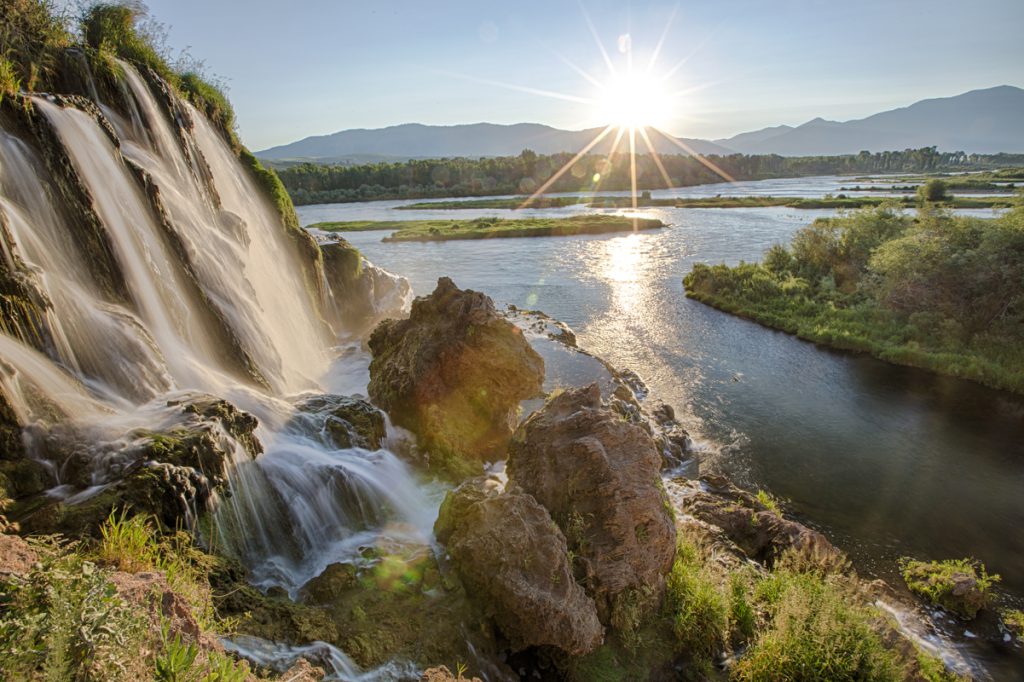
Snake River Idaho Conservation League
Introducing The Snake River Jackson Hole Traveler
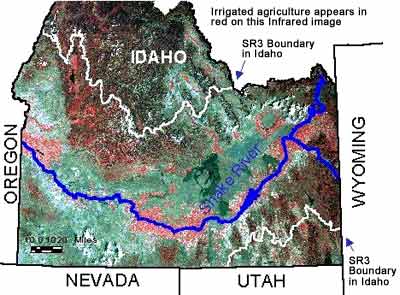
The Snake River Basin Physical Description
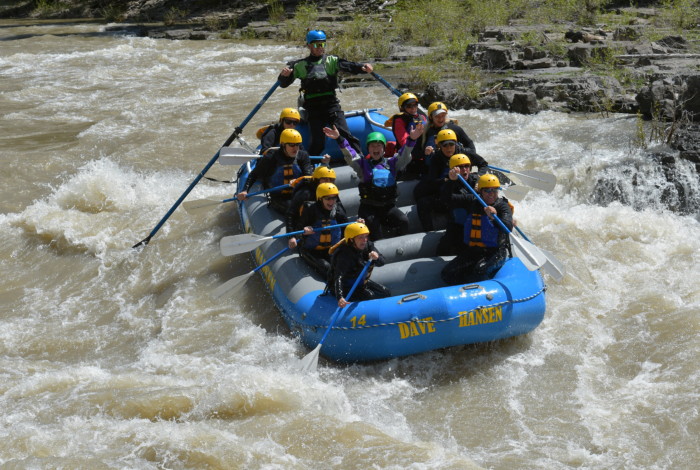
How The Snake River Got Its Name Dave Hansen Whitewater
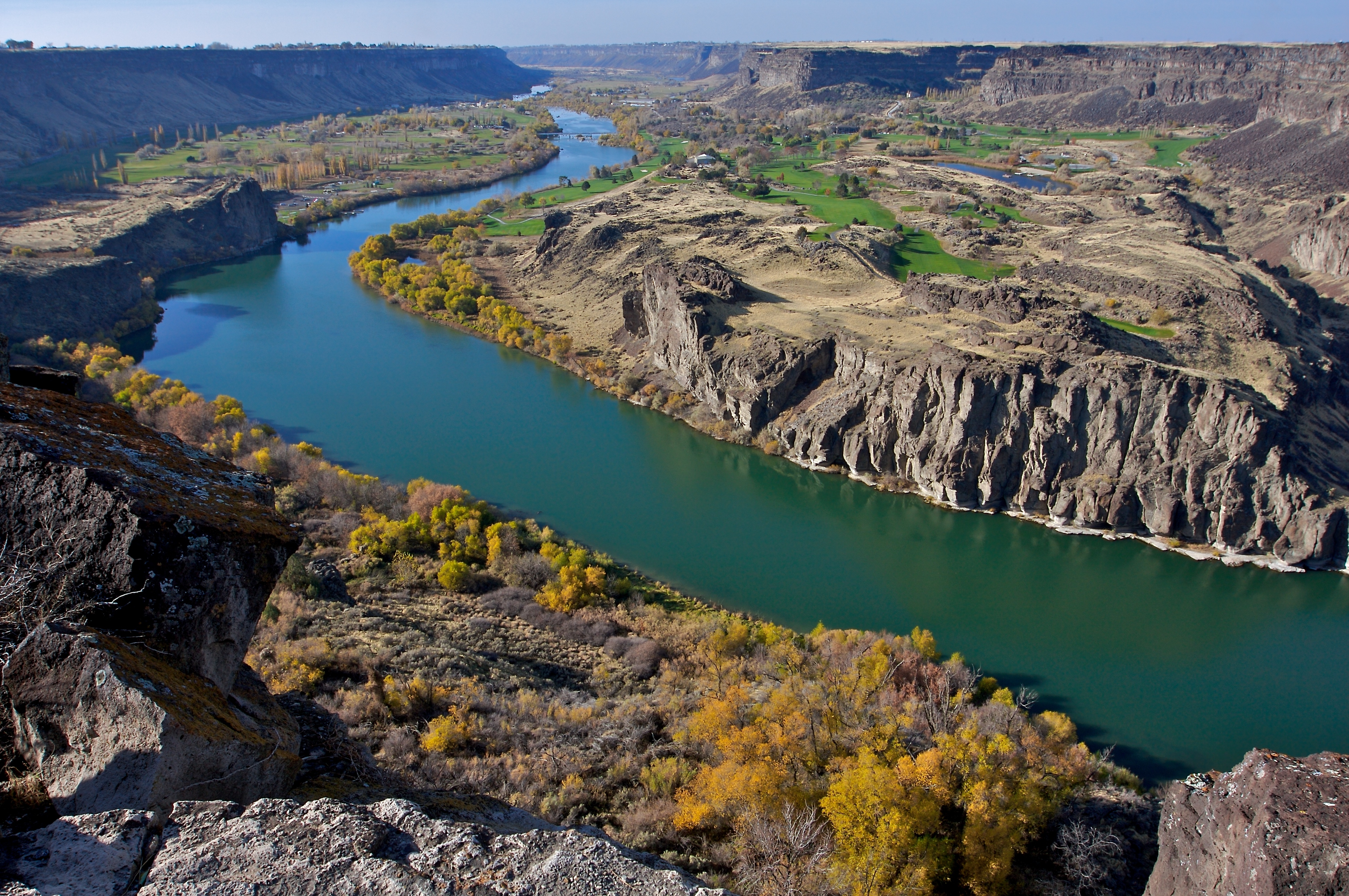
How The Snake River Got Its Name Dave Hansen Whitewater
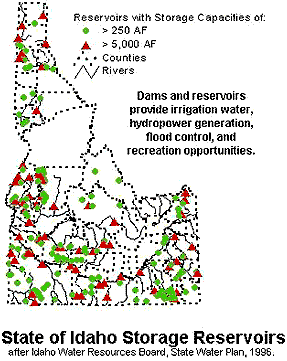
The Snake River Basin Physical Description
Interesting Facts About The Snake River Just Fun Facts
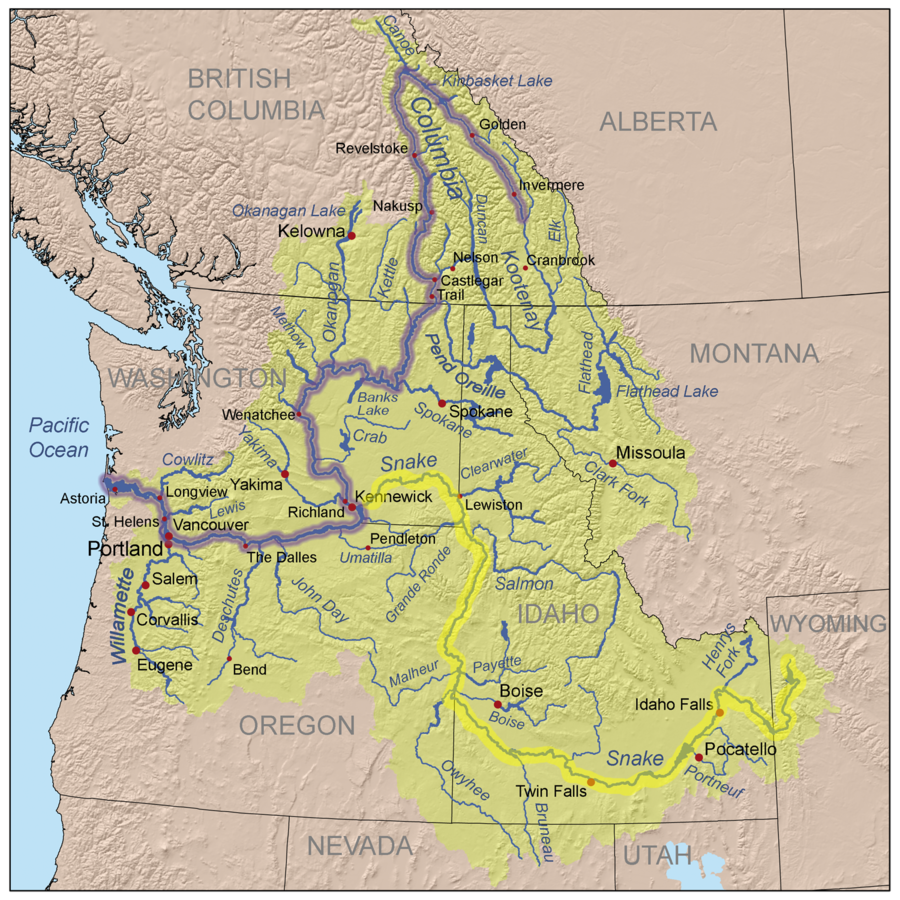
Columbia River American Rivers
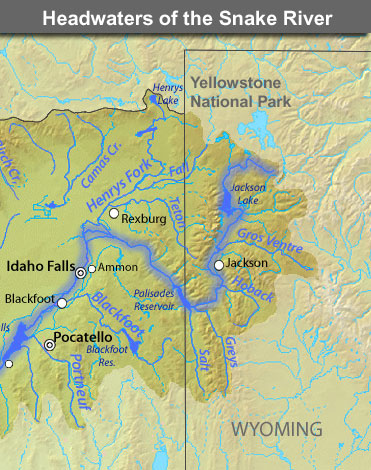
Snake River Yellowstone National Park U S National Park Service
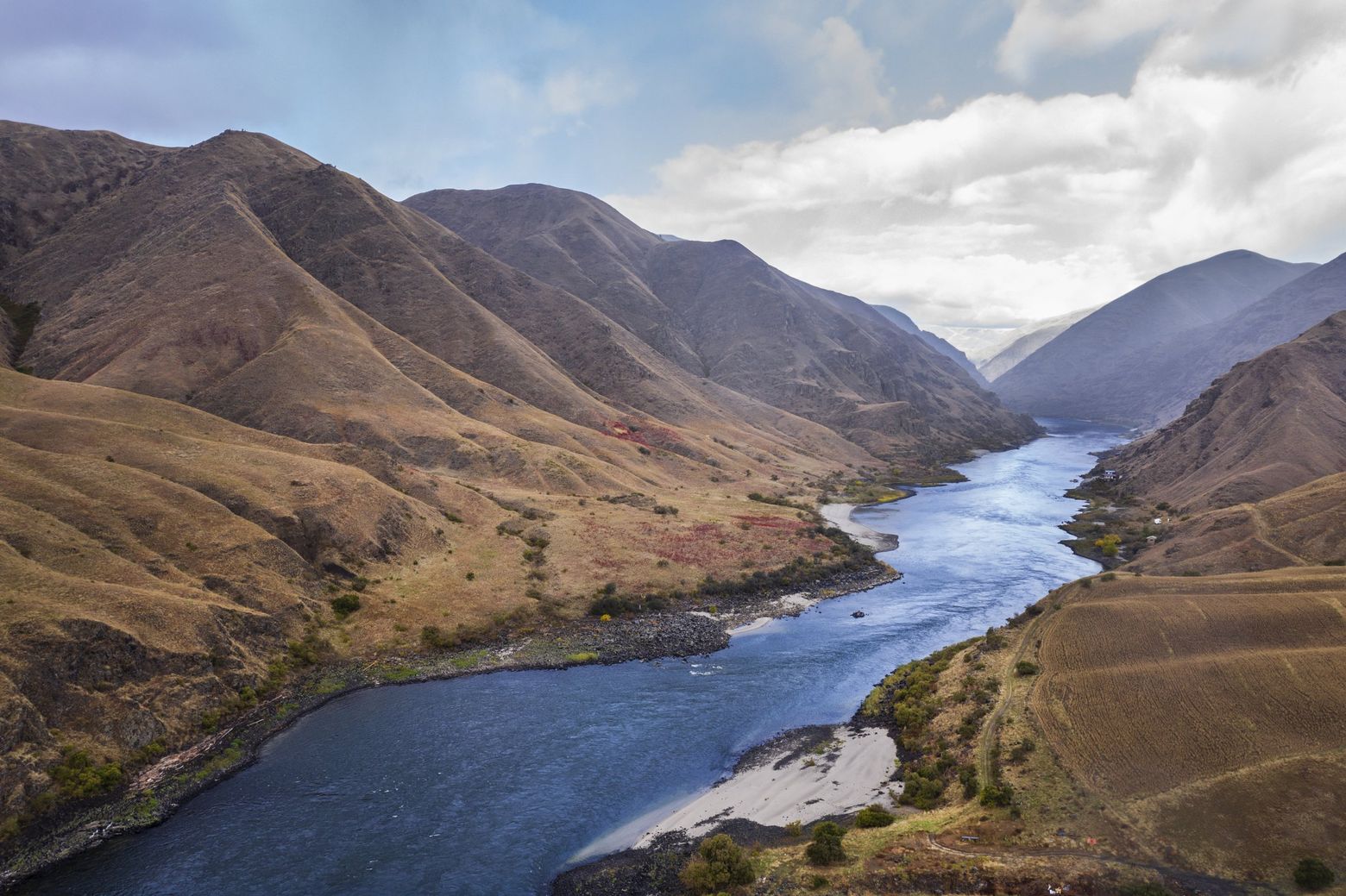
Salmon People A Tribe S Decades Long Fight To Take Down The Lower Snake River Dams And Restore A Way Of Life The Seattle Times
Interesting Facts About The Snake River Just Fun Facts

Ansel Adams Tetons And The Snake River Has A Story Arts Jhnewsandguide Com
